From drying and canning to pickling, bottling and more, Ethical.net share a second instalment of food preservation methods to make the most of seasonal produce throughout the year.
Read Part 1 here.
Drying
In warmer and less humid climates, food can simply be sun-dried. In the UK, however, solar dehydration can often take too long, with items rotting before they dry out enough for longer-term storage if left out in the open. That said, the process can be sped up by making or buying a solar dehydrator: a glass- or plastic-covered container with insulation to help retain the heat.
Alternatively, electrical dehydrators can remove the water content of foods efficiently and with relative speed.
However, in the UK, the most common drying method involves using your oven. Fruits or vegetables are sliced, spread out on trays, and put into the oven on a low heat overnight, or for a number of hours. (You may be able to achieve the same effect with a solid-fuel stove, by placing fruits, vegetables, or herbs close to this heat-source.)
Fruit leathers
Also in the UK, there is a strong tradition of partial dehydration, when fruit (often, though not always, combined with sugar; see below) is stewed, then dehydrated in the oven to form chewy strips known as ‘fruit leathers’ – a DIY version of the fruit roll-ups that children often enjoy (but actually containing fruit).

Credit: Odelinde via DepositPhotos
Jams and jellies: sugar preserves
Sugar-based preserves have been common since the days of the British Empire, when international trade first brought sugars from hotter climes to our shores in vast quantities. (The appalling impacts of the Empire on not only the way we eat, but on people and environments around the globe are fascinating and frightening – and certainly something to explore in more depth.)
There are a huge range of traditional jams, marmalades, and jellies that can be made using local, seasonal produce. And though it is most common to include sugar, it is possible to use local, organically-sourced honey instead – especially when other steps like boiling or canning (see below) are taken to preserve the food.
Sugar is also used to preserve food in other ways, since it draws water from microbes, dehydrating and killing them, helping to keep food safe from microbial spoilage 1. Sugars (cane sugar, honey, agave syrup, etc) can also be used to make syrups to surround fruits, or used in crystallised form for dry storage of ginger, angelica, or candied citrus peel.
Pickling and vinegar preserves
Much like cane sugar, many traditional pickled foods came to the UK through Empire trade routes. Chemical pickling involves placing foods into a pickling agent like brine (salting food being another ancient preservation method), vinegars, alcohol, and vegetable oil. Heating or boiling is often also involved in creating preserves of this kind.
Cucumbers, peppers, onions, etc, are all commonly preserved in this way. Mixed-vegetable piccalillis are another example of this approach to food preservation, while vinegar also plays a role in the preservation of a wide range of chutneys and other preserves commonly made in the UK.
Fermentation
In fermentation pickling, bacteria in the liquid produces organic acids which act as preservation agents; sauerkraut (pickled cabbage) and kimchi are two common examples of this technique. Kombucha is also made through a process of fermentation.
Creating beers, ciders, wines, and spirits through fermenting techniques is another interesting way to make the most of fresh produce for use later in the year, or in years to come.

Credit: monticello via DepositPhotos
Home bottling and canning
Home bottling, or home canning, is a more modern and technological way to prevent food waste by stopping food from spoiling. Fruits and vegetables are packed into glass jars; heating the jars then creates a vacuum seal, killing organisms that would cause spoilage by removing the oxygen.
In the UK, traditional home bottling usually involves ‘open kettle’ processing, where jams and other preserves are placed into sterilised jars. The scientific consensus is that this technique which involve further processing of the bottles is the best and safest way to preserve food; food safety is paramount when preserving food at home.
Strictly speaking, home bottling refers to storing foods in glass bottles, and canning to tin cans. However, in the US, canning refers to bottling. Though cans are typically used in commercial production, glass jars are more common in home food preservation.
Bottling or canning goes back to the ancient Greeks and Romans, who discovered that excluding air was key to keeping foods edible, but it was only in 1809 that the bottling process was perfected. Winning a prize offered by Napoleon, who needed to supply his armies, Nicolas Appert developed the process of sealing food in glass jars. This was adapted a year later by Englishman Peter Durand, who used metal cans. The reason for the lack of spoilage was unknown, however, until Louis Pasteur (who gave his name to pasteurisation) demonstrated the role of microbes in the process, around 50 years later.
Home bottling or canning can be an effective way to preserve fruits, vegetables, and other foods at home, but it is crucial to do it correctly, using the specific techniques appropriate for specific foods.
Types of bottling and canning
Depending on what produce is being preserved, modern methods for canning or bottling include:
- Oven dry pack bottling
- Oven wet pack bottling
- Slow water bath bottling
- Fast water bath bottling
- Pressure bottling/pressure canning (using a special high-pressure canner akin to a pressure cooker).
In the US, Mason jars are often used, while Ball, Kilner, and Weck jars are also commonly used around the world.
There is a lot to learn about effective and safe home-bottling or -canning. And if you plan to use these techniques to preserve seasonal produce, it is vitally important to always consult a reliable source for best practice, timings, and recipes. Otherwise, botulinum toxin and other pathogens may become a concern; educate yourself properly before taking the plunge.
Part 3 coming soon. Find the original article by Elizabeth Waddington on the Ethical.net blog. Main image by K8 on Unsplash.
 About the author
About the author
Ethical.net is a collaborative platform for discovering and sharing ethical alternatives, whether purchasing from a social enterprise, thrift shopping, or learning how to fix your old phone instead of buying a new one. They aim to make ethical the new normal.

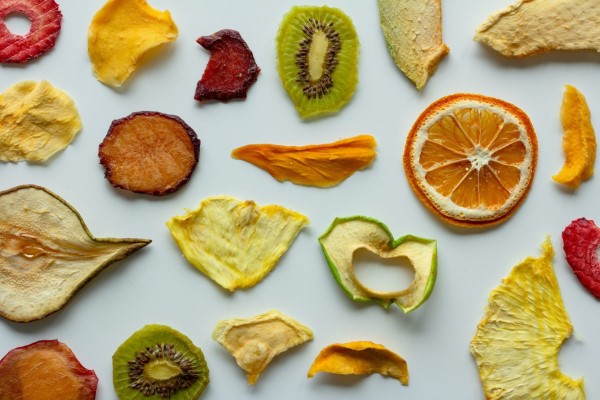
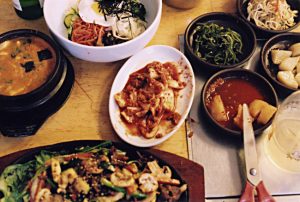
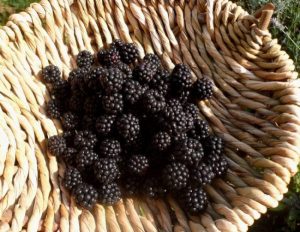
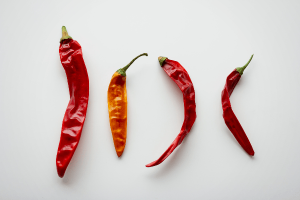
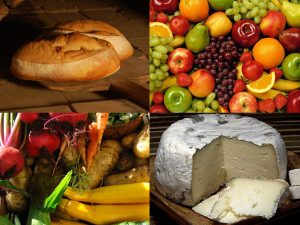
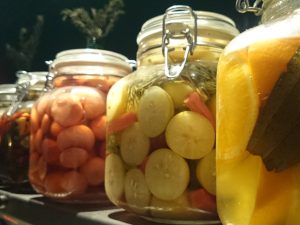
1 Comment
Experienced in hotel industry and understand it very true.